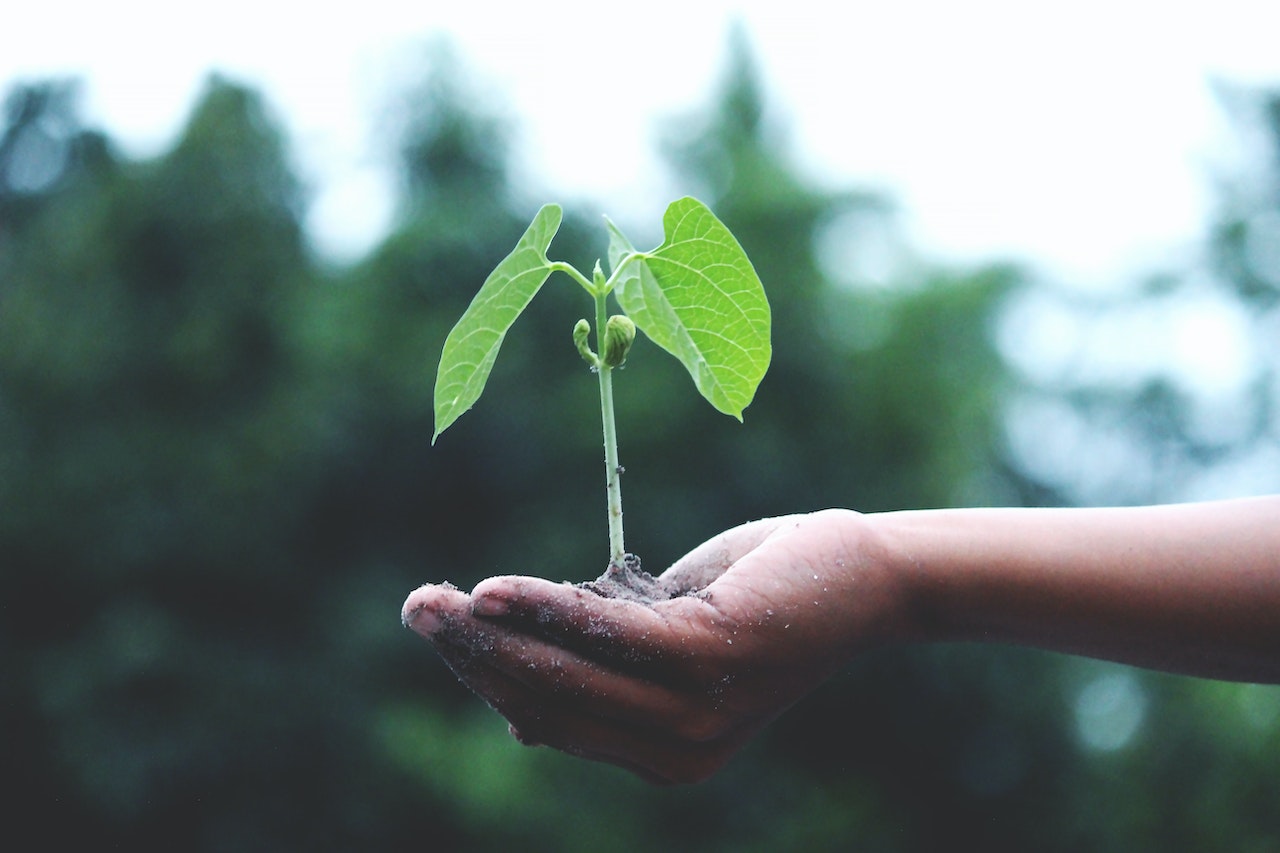This post was originally published on Sustainability Matters

ReGen Expo has announced its two-day speaker program, set to take place from 23–24 July 2025 at ICC Sydney.
The program features over 50 voices from across government, industry, research and community sectors, all united by a shared mission: to double Australia’s circularity by 2035.
Collaborating with Planet Ark, WCRA and ReGen’s Advisory Board, the program discusses the nation’s resource and design challenges, with sessions focused on circular product design, packaging, procurement, construction, textiles, policy frameworks and Indigenous knowledge systems.
“I’m incredibly proud of the depth and diversity this year’s speaker program offers — it’s the result of deep collaboration with our Advisory Board, Planet Ark, WCRA and our broader community,” said Ali Lawes, ReGen Event Director. “We set out to curate a program that goes beyond a ‘talk fest’ — one that delivers tangible solutions, sparks real-world impact, and helps drive Australia’s transition to a circular economy. ReGen 2025 is about action, alignment and accelerating progress together.”
Speaker highlights include:
- Heinz Schandl (CSIRO) on the national metrics needed to reach double circularity;
- Dr Kate Wruck (2025 Young Australian of the Year) exploring how Indigenous knowledge forms the foundation of circularity;
- Courtney Holm (ABCH) and Anne-Marie Cheney (eBay Australia) discussing innovation in fashion and reuse;
- Jeff Morgan (Hassell) and Anthony Carbone (Kennett Builders) sharing practical examples of circular construction; and
- Chris Foley (APCO) and Lars Jung (Planet Protector Packaging) on the future of packaging policy and design.
The program also includes the Innovation Pitch Fest, sponsored by Coles, where Australian startups and scale-ups will present the latest solutions to promote circularity across industries.
Sessions are free to attend for all registered ReGen visitors, with full program details available online.
Image credit: iStock.com/kasto80





0 Comments